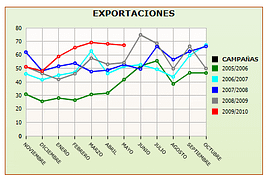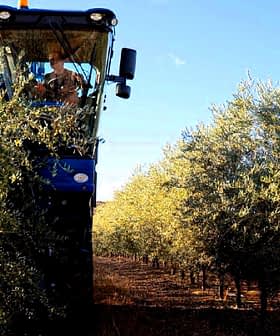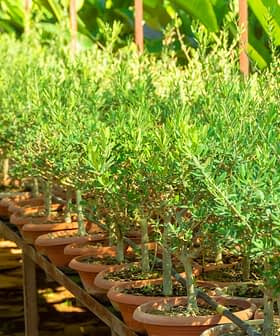By Daniel Williams
Olive Oil Times Contributor | Reporting from Barcelona
The Olive Oil Agency (AAO), a specialized ministry within the Spanish government, has made 1030 inspections among the 1,748 active olive oil mills during the 2008 – 2009 campaign in order to verify industry information regarding olive oil production, outgoing products and stock. The AAO initiated these inspections to garner up-to-date market information and verify data given by sector entities. The agency then cross-checked this data for accuracy and processed and consolidated the information in the form of the AAO Yearly Management Report (2008 – 2009).
The AAO took samples from olive oil mills in various regions of Spain which were then analyzed to come to conclusions about their proper characterization. 576 of these tests took place in the world’s leading olive oil producing region of Andalucía, followed by tests made in the regions of Castilla-La Mancha (13), Cataluña (94) and Extremadura (70). The Olive Oil Agency, directed by Mr. Carlos Sánchez Laín also tested 860 olive oil bottlers and other industry operatives. The majority of these tests came from Andalucía (418), Castilla-La Mancha (118), Cataluña (101) and finally Extremadura (67). The AAO has also inspected 232 bottlers of table olives and 27 extractors of olive pomace oil, as well as 19 olive oil refineries, 21 operators storing olive oil for third-parties and 20 olive growers.
Additionally, the AAO has cross-checked and verified data corresponding to 1513 commercial documents obtained during the inspections of these olive oil mills as well as public information given by other industries involved in the olive oil
making process. These cross-checks seek to prove the authenticity of documents
that detail the buying and selling of olive oil which make up various yearly
registries. The AAO also cross-checked industry documents regarding the
dealing of raw and bottled olives.
As a result of these inspections, the Olive Oil Agency has proposed a total of 9 sanctions for misinformation, assessing penalties to various companies totaling some 40,267.67 Euros. Five of these sanctions correspond to operators from the Valencian community and 4 to the region of Murcia.
The AAO’s 2008 – 2009 Management Report also calculated market balances and business performance during the season in order to reach conclusions about the Spanish olive oil value chain. The report stated that the final price of extra virgin olive oil paid by the Spanish consumer is 1.56 times that perceived by the farmer, a figure that drops to 1.43 for regular olive oil after including costs of extraction, manufacturing , bottling and distribution.










